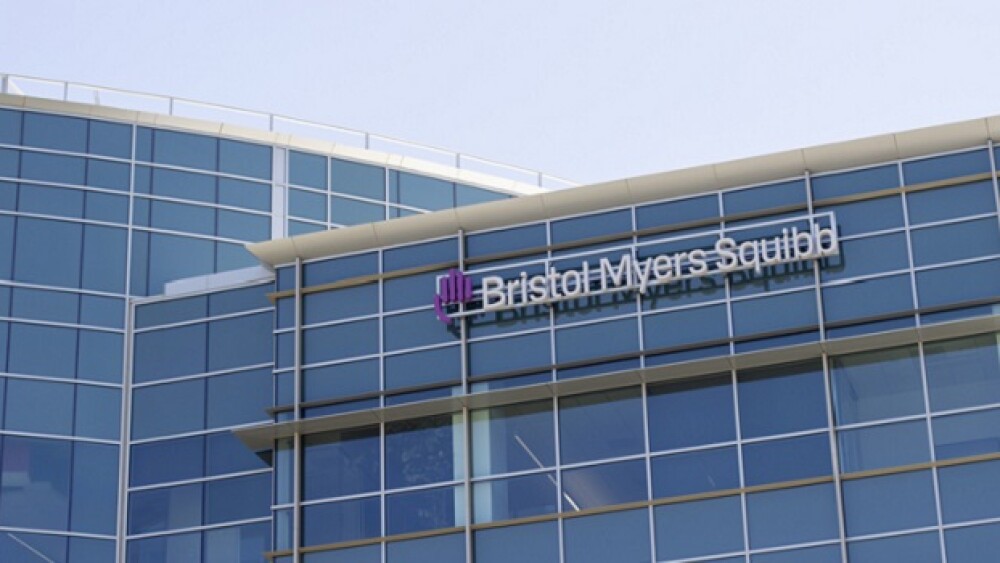East Bay Business Times -- Small and mid-sized public biotech and drug companies in the East Bay have turned in decidedly mixed results so far in 2008.Even as investor interest in national players like Genentech Inc. and ImClone Systems Inc. has grown in response to acquisition overtures from “big pharma” suitors in recent months, smaller biotech companies seeking cash infusions have been forced to look elsewhere or find creative ways to boost their bank accounts.
“The appetite for small cap stocks in general is depressed because of lack of risk tolerance and because such companies may have trouble finding new financing,” said Charles Duncan, a managing director and senior biotechnology analyst at JMP Securities LLC.
Some companies, such as Pleasanton’s Lipid Sciences Inc., have turned to investment banks for help. Lipid is struggling to continue funding costly research, development and clinical trials. The company has hired Rodman & Renshaw LLC to help it explore possible corporate partnerships, joint ventures or even a merger or sale of the company or its assets.
“Although there’s lots of publicity on big pharma buying little biotechs, that’s not happening at the pace or as broadly as investors would like to see, so they’re more hesitant to invest,” said Mark Perry, an industry veteran and president and CEO of the private Berkeley biopharmaceutical company Aerovance Inc.
Duncan said that he believes companies “are becoming smarter with their cash burn and being more focused with the number of people they employ, too.”
Aryx Therapeutics Inc., for instance, recently indicated it would minimize expenditures on a drug it had been developing with Procter and Gamble Pharmaceuticals after P&G pulled out of the partnership in July. Aryx, which has headquarters in Fremont, is now focused on bringing two of its other drug candidates to market.
Companies are also becoming more creative about the ways they finance their work, Duncan said.
For instance, companies are choosing to pursue debt offerings instead of approaching traditional equity investors. Some are also pursuing project financing, where investors invest in just one drug instead of the whole company.
“I think companies are being very strategic, but at the end of the day there are only so many pools of capital,” Duncan said.
Investors remain wary.
The biggest environmental factor in the East Bay is the larger stock market, Perry said. Nervousness about what the upcoming presidential election will mean for the health care industry, concern about an ever-more stringent drug approval process at the Food and Drug Administration and worries over the credit crisis have made for tough market conditions, he said.
Companies such as Neurobiological Technologies Inc. and NovaBay Pharmaceuticals Inc., both with headquarters in Emeryville, face yet another hurdle: Relatively low average trading volumes, below 25,000 shares a day.
“In the smaller companies, there’s not enough trading, making (2 to 3 percent stakes) illiquid,” Perry said. “It’s almost like being invested in a private company. If you sell part of that stake, the shares can crash.”
Shares of Sangamo BioSciences Inc. represent the other end of the spectrum, having climbed to $9.99 a share at the close of Nasdaq trading, Aug. 29.
Richmond’s Sangamo, like most small East Bay biotechnology companies, continued to lose money in the first and second quarters of 2008. It lost $8 million in the first quarter and $7.4 million in the second. But its shares have outpaced its peers because investors have generally rewarded it for deals it has made with F. Hoffmann-La Roche Ltd., Hoffmann-La Roche Inc., Dow AgroSciences LLC and Sigma-Aldrich Corp.
“We’ve been lucky to put together all those components with a powerful technology platform and to recruit and maintain the best and brightest in our area,” said Edward Lanphier, president and CEO of Sangamo.
“There are periods of time when the capital markets are very open to companies that are losing money, and times they are not. You have to try to raise money when they’re open,” he said.
Overall, the fortunes of biotechnology companies turn on a handful of factors, Lanphier said.
A company needs science that works and is applicable to something that matters; capital and capable people to do that work; protected intellectual property; and a strong management philosophy to guide prioritization of those resources.
“If any one of those are materially lacking or in deficit, they’re sufficient to cause the train to derail,” he said.




